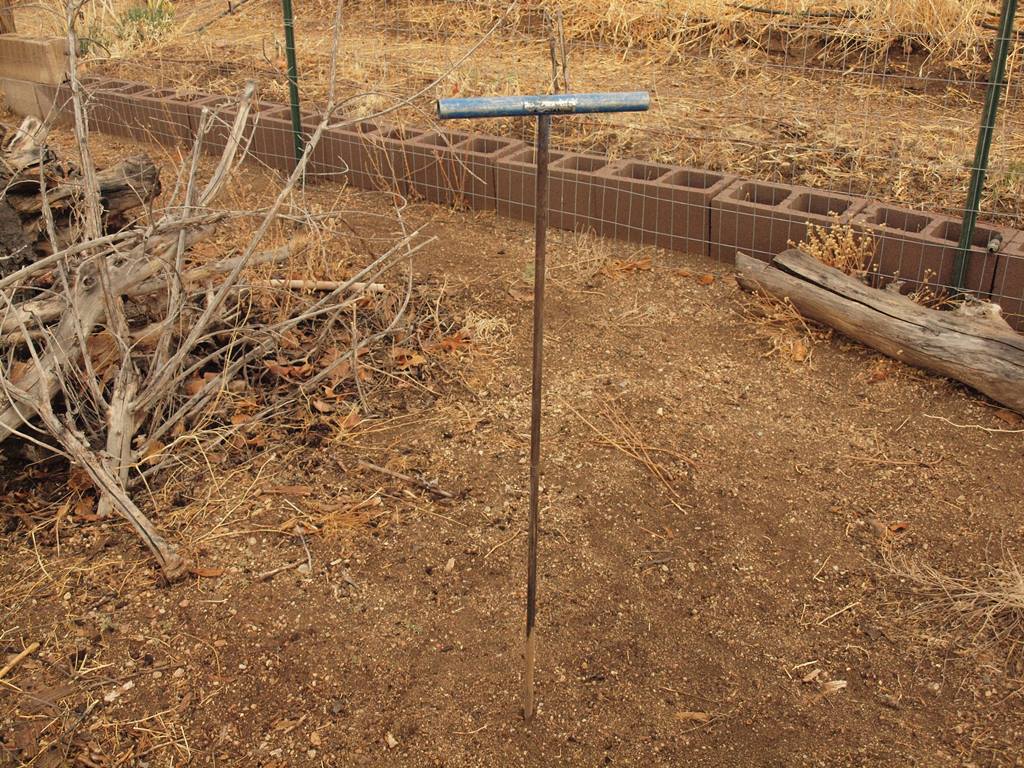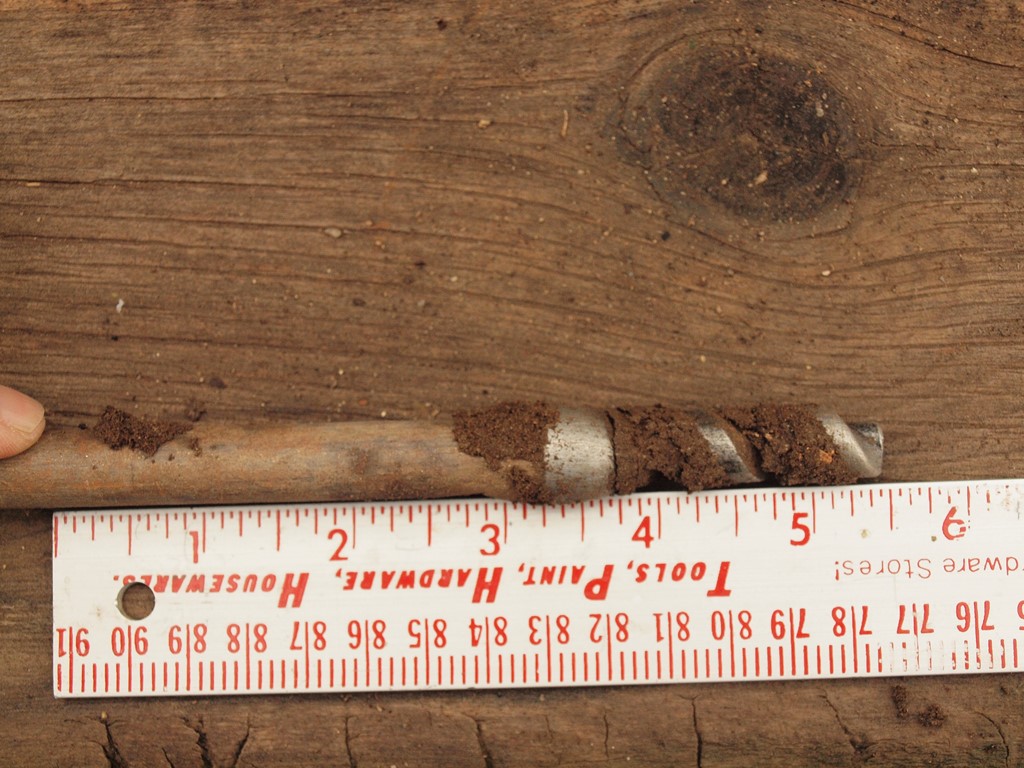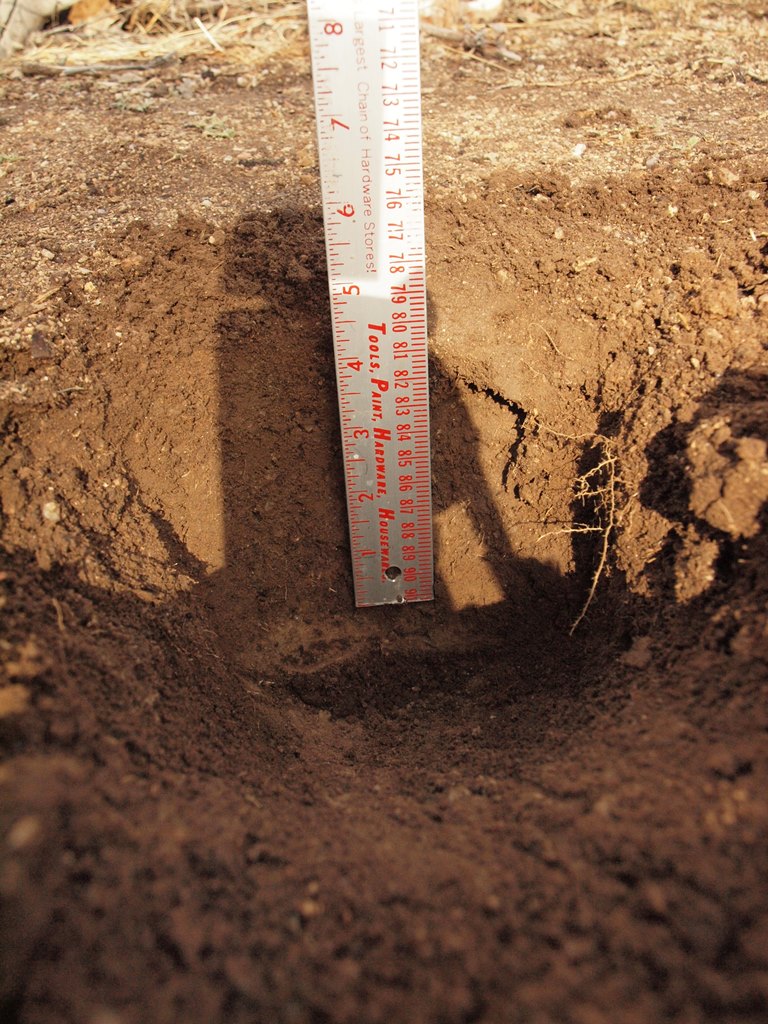This morning I was honored to be interviewed by Larry Ahrens on KCHF tv’s “Coffee and Conversation with Frank and Larry”. He asked about things to do at this time of year (early March) in Albuquerque gardens. We discussed soil preparation, garden planning, and the importance of seeing that there is moisture in the soil to a depth of 2 to 3 feet for trees and shrubs. This is the time of year that tree and shrub buds are beginning to swell, indicating that they have broken dormancy and are producing hormones (auxins) that translocate to plant roots to stimulate root growth. It is important that these tender new roots, hair roots, and root hairs are produced in adequately moist soil to prevent their desiccation and death. In a few weeks leaves, flowers, and new growth will be produced in the branches of the tree and those new roots must be alive to send moisture to support the new growth. This past winter was pretty good as far as moisture in many places, but January, February, and March are often dry months, so it is up to us to provide the moisture necessary for the new roots and later for the new growth in the branches. Probing the soil with a soil moisture probe or irrigating now are ways to be sure these new roots get a good start in life.
When I check the depth of soil moisture in my garden with a soil moisture probe this morning, I discovered the soil was moist to a depth of 1.5 to 2.5 feet in areas where I have not irrigated or where have not irrigated since January. In areas that I irrigated in February, the soil was moist to a depth of 2.5 to 3.5 feet. Even though the winter provided some precipitation in my garden, it is drier than I thought, I am glad that I did irrigate some during January and February. It is time to begin irrigating again.


